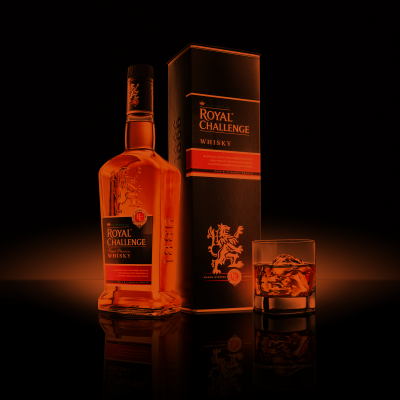RESOURCE HUB:
Our Alcohol Culture

Facts about Alcohol in Northern Ireland
Overview
Unfortunately it has widely been acknowledged that Northern Ireland has a serious ‘alcohol problem’, in terms of consumption levels, health issues and the wider social impact on individuals, families and communities.
In 2019 there were 336 registered deaths being due to alcohol-specific
causes, over a third more than was recorded 10 years ago and 18% higher than the 2018 total.
62.5% were males and 37.5% females (the highest number of females on record). The largest number of deaths happened in those aged 45-54 and the most deprived were most likely to die.


In recent years a real financial cost figure placed on the impact of alcohol ranges from £750 – £900 million p.a. that converts to around one-tenth of the entire block grant from Westminster.
There are multiple factors which have altered the impact of alcohol on society over the past 20 years, the availability and affordability of alcohol, increased disposable income and the targeting of alcohol companies with marketing and advertising strategies.

The most common drinks consumed are wine (48%) and beer (47%) , coincidentally the 2 types of drinks advertised most by alcohol companies.

Drinking Behaviour
The following results are based on those respondents who drank alcohol in the week prior to the survey. (Taken from Adult drinking Patterns Survey NISRA, conducted on behalf of the Department of Health, Social Services and Public Safety, examines the amount people drink, when, where and what they drink and who they drink with).
Most Drinking occurs over the weekend.
Most drinking occurs over the weekend and peaks on Saturdays.
The most common drinks consumed
The most common drinks consumed were wine (48%) and beer (47%).
Most of those who drank in the week prior to the survey had either consumed alcohol at home (64%), in the pub (20%) or at someone else’s home
%
Wine
%
Beer
Drinking Levels
- Monday 10%
- Tuesday 10%
- Wednesday 10%
- Thursday 10%
- Friday 31%
- Saturday 53%
- Sunday 10%
People reported having reached or exceeded the recommended daily limit.
Around eight in ten respondents (78%) reported having reached or exceeded the recommended daily limit for drinking on at least one occasion in the week prior to the survey.
Recommended daily limits on three or more days that week
18% of male drinkers reached or exceeded the recommended daily limits on three or more days that week, compared to 16% of female drinkers.
The recommended daily limits exceeded
The recommended daily limits are exceeded most often on a Saturday (53% of drinkers) and on a Friday (31% of drinkers).
Drinking Levels
CAGE question analysis
CAGE question analysis (clinical interview questions) indicated that one in ten (9%) of those who drank in the week prior to the survey are likely to have a problem with alcohol.
Light drinkers
Six in ten (61%) of those who consumed alcohol in the week prior to the survey consider themselves to be light drinkers. Just over one third (36%) consider themselves to be moderate drinkers and 3% consider themselves to be heavy drinkers.
Drinking on an almost daily basis
Around half (52%) of drinkers reported drinking alcohol at least once a week or more frequently (6% of respondents reported drinking on an almost daily basis).
Drinking alcohol daily or on most days
A greater proportion of male respondents (8%) compared to females (5%) reported drinking alcohol daily or on most days.
- Light drinkers 61%
- Moderate drinkers 36%
- Heavy drinkers 3%
Drinking Levels
CAGE question analysis
More than seven out of ten (74%) adults drink alcohol.
Light drinkers
A larger proportion of males (78%) than females (72%) drink alcohol.
Moderate drinkers
Just over one third (36%) consider themselves to be moderate drinkers and 3% consider themselves to be heavy drinkers.
Younger adults
Younger adults (18-29 years) are more likely to drink than older adults (60-75 years).
%

